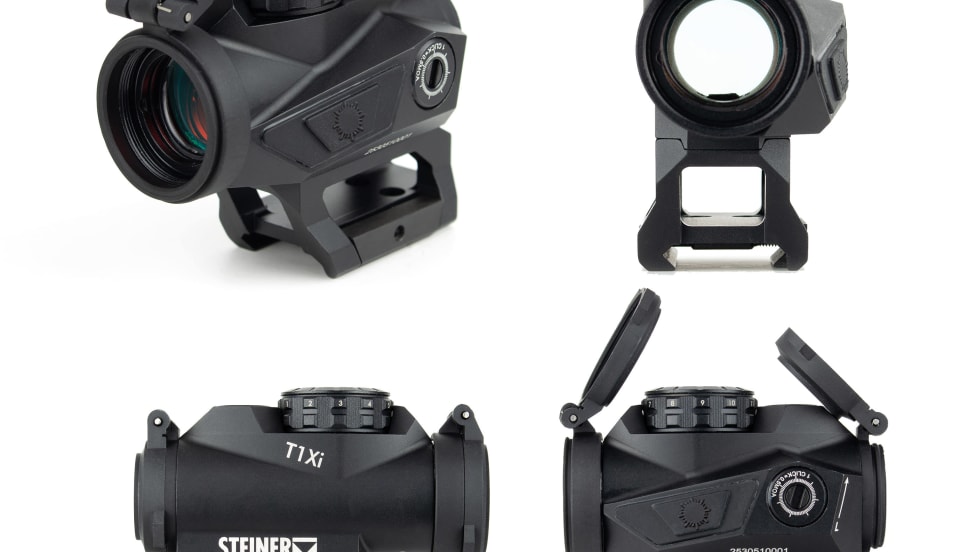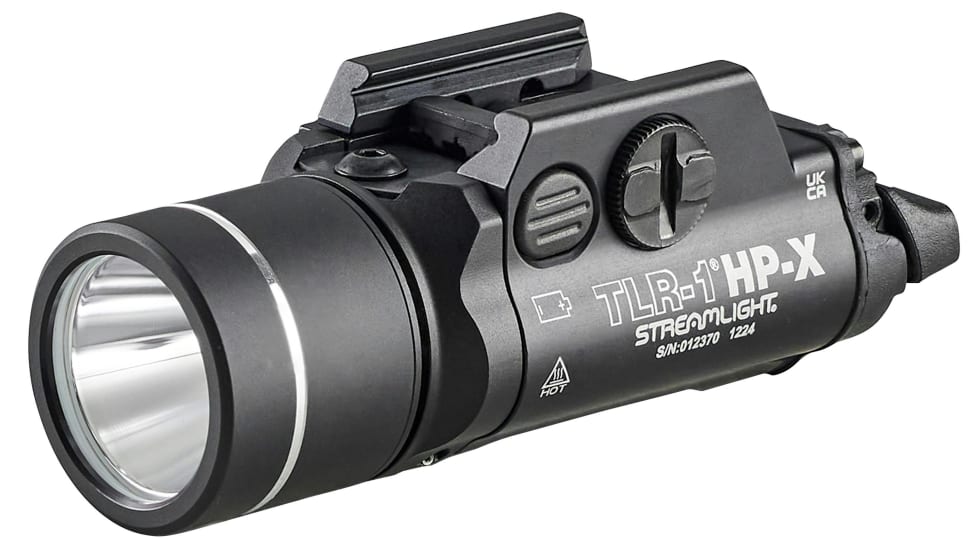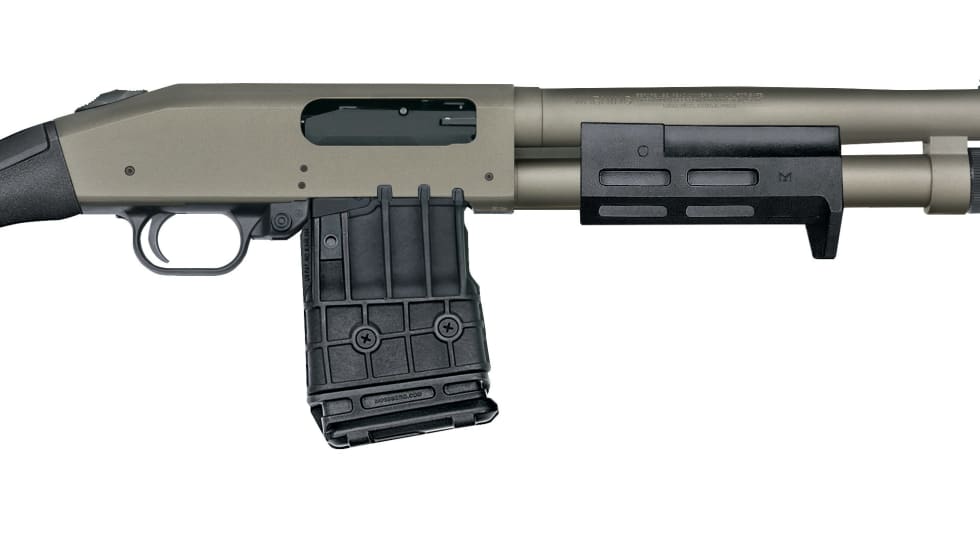King County Sheriff's Department spokesman John Urquhart told the Seattle Times, "The basic, inherent danger of an urban, outdoor gun range is that you run the risk of losing rounds and injuring someone. It's like a pig farmer who one day finds himself right in the middle of an urban area. It is only a matter of time, probably, before they're going to have to move."
Many instances similar to these occur around the country because of improper range design, property planning and municipal land zoning. To ensure safety, outdoor ranges must have access to a large expanse of property, and range design specialists should be consulted on the project as soon as possible to develop a safe design.
The architectural firm of Brown Reynolds Watford follows recommendations published by the military that include guidelines for various types of ranges. Depending on the caliber of small-arms ammunition intended for use on the range and the number of stations, different range distances are recommended.
With more than 18,000 active military small-arms ranges and decades of experience, the military concludes that safety is the primary issue and should not be sacrificed for land usage. According to Military Handbook 1027/3b, "The range design must promote safe, efficient operation and yet be affordable to construct and maintain." This Department of Defense manual includes various charts, graphs and illustrations that emphasize the desire for safety and adequate land usage.
For example, a range allowing a .45-caliber pistol as the highest caliber weapon would be required to have a surface danger zone (SDZ) of 1,500 meters or 1,650 yards, the equivalent of 161/2 football fields. A 9 mm pistol range requires an SDZ of 1,740 meters (1,914 yards), and a .38-caliber revolver needs a SDZ of between 1,600 and 1,900 meters (1,760 and 2,090 yards), depending on the type of cartridge.










